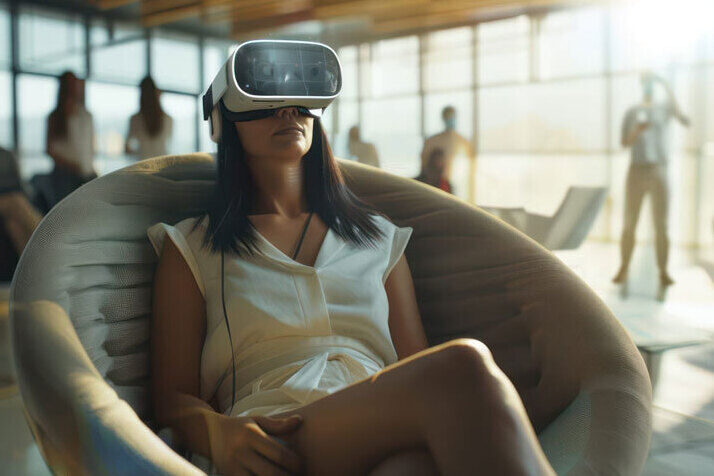Spatial Computing
Merge digital data with the physical world to enable intuitive interaction between teams and technology—perfect for complex installations and live system monitoring.
Info
Spatial Computing
Spatial computing is the next frontier in digital interaction, blending the physical and digital worlds to create immersive, intuitive experiences. At ONXR, we harness spatial computing to revolutionise how businesses operate, collaborate, and innovate.
What is Spatial Computing?
Spatial computing refers to the use of digital technology to interact with the physical world in three dimensions. It encompasses technologies like augmented reality (AR), virtual reality (VR), mixed reality (MR), and real-time 3D mapping to enable seamless interaction between humans, machines, and environments.
Applications of Spatial Computing
- Workplace Training: Immersive simulations for onboarding and skill development.
- Remote Collaboration: Real-time interaction in shared virtual spaces.
- Design & Prototyping: Visualise and manipulate 3D models in context.
- Facility Management: Monitor and manage assets using spatial data.
Benefits
- Enhanced decision-making through spatial insights
- Improved operational efficiency
- Greater engagement and understanding
- Scalable solutions across industries


